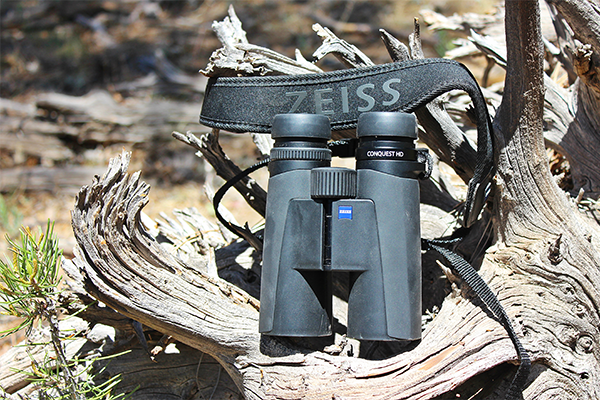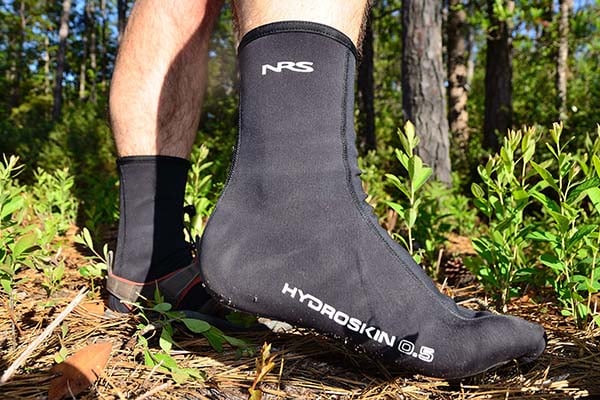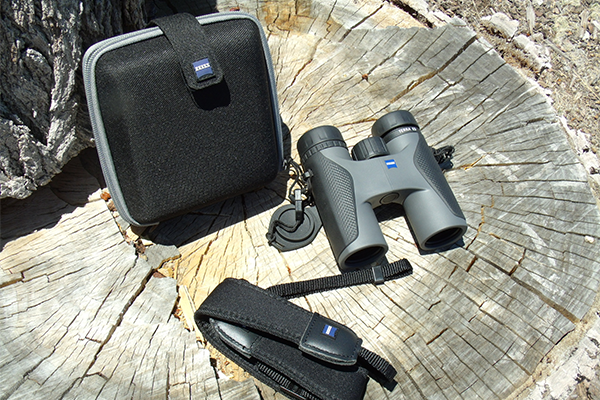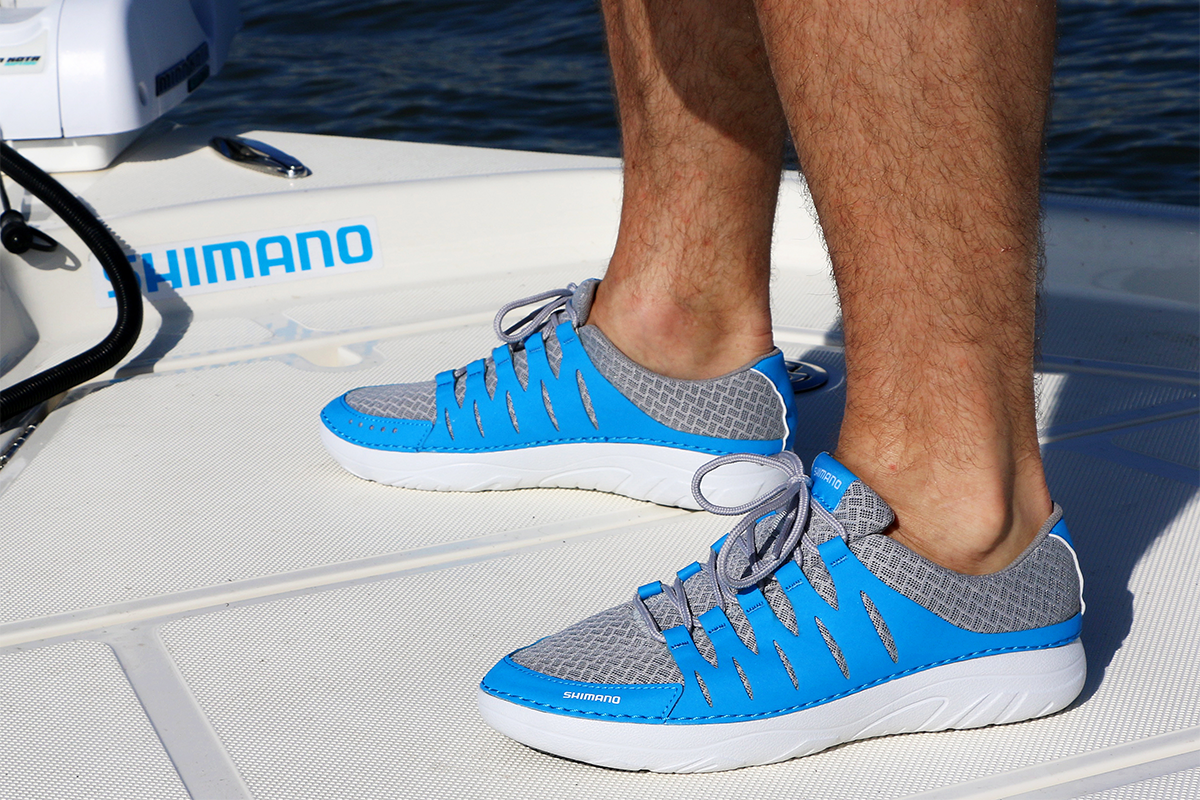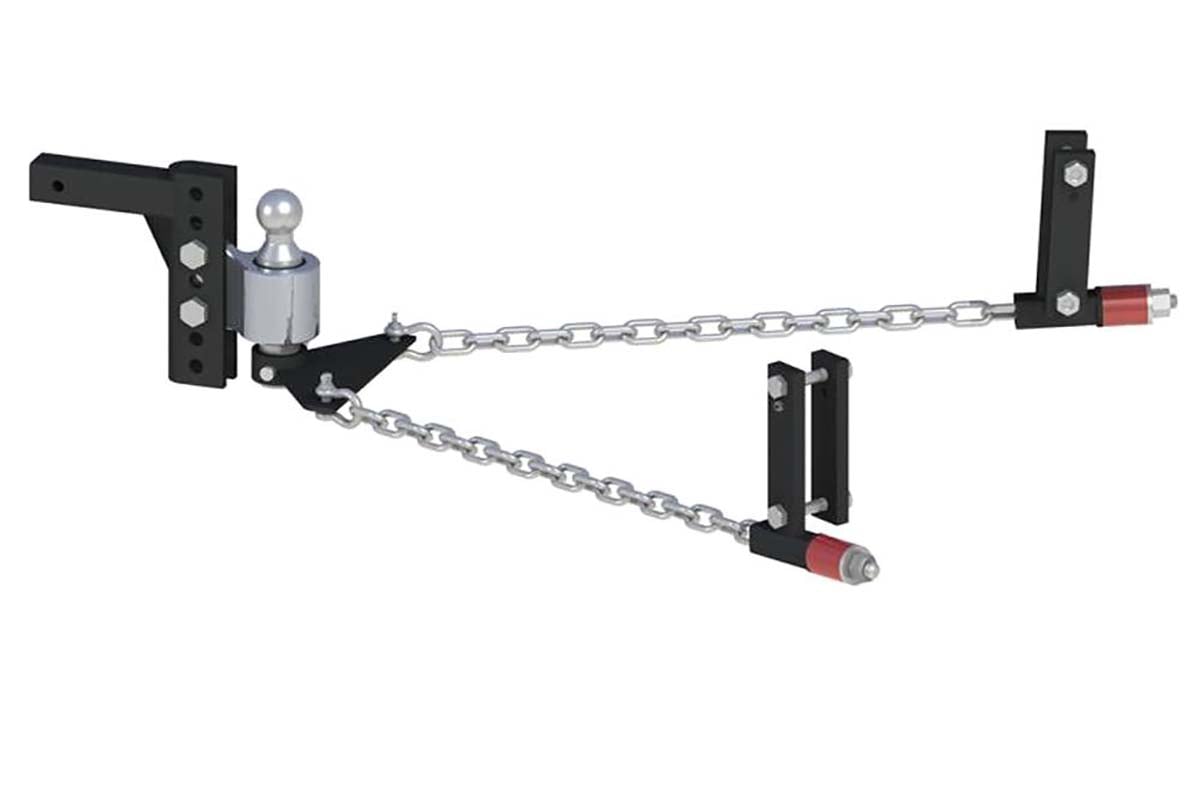Last Updated on
By Tony Martins
Never has so much performance been available in this price class…” Zeiss Sports Optics makes this claim in the introduction to their Conquest HD binocular and Conquest DL riflescope lines. Also described as “the perfect all-rounders,” Conquest binocular models are known for their ruggedness, outstanding image quality and near perfect ergonomics. After nearly two months of using a 10x42mm model almost everyday, I have no argument with any of the foregoing, or the assertion that Conquest products represent “a doorway to the premium class of Zeiss optics.”
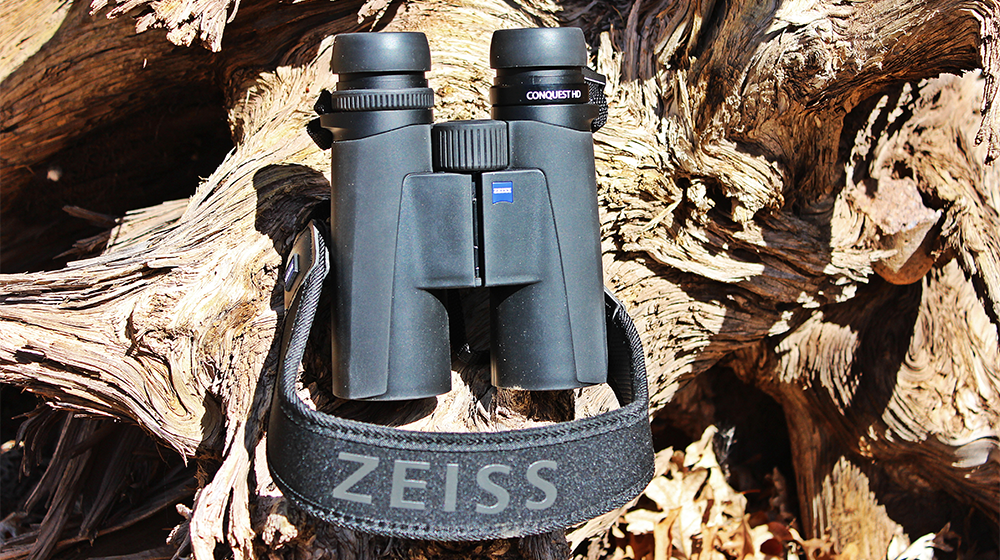
A host of binocular models are priced around the $1000.00 benchmark, considered to be the entry point for the premium class. To be quite honest, unless you have the eyes of an eagle, or happen to be a sporting optician, you will have difficulty identifying performance differences between the Conquest HD and top-of-the-line binos costing $2000.00 or more! This Zeiss offering is truly a premium binocular for half the price.
The first thing you will notice about the Zeiss Conquest HD 10×42 Binocular is the bulky packaging, followed immediately by the solid feel and superb balance of the optic upon its removal. Despite its bulk, the package has an aura of elegance – opening like a tri-fold notebook with a stunning image of two kudu bulls to the right, storage compartment to the left, and binocular cleanly and openly displayed center stage. Often described as “robust,” the compact appearance of the optic belies its weightiness.
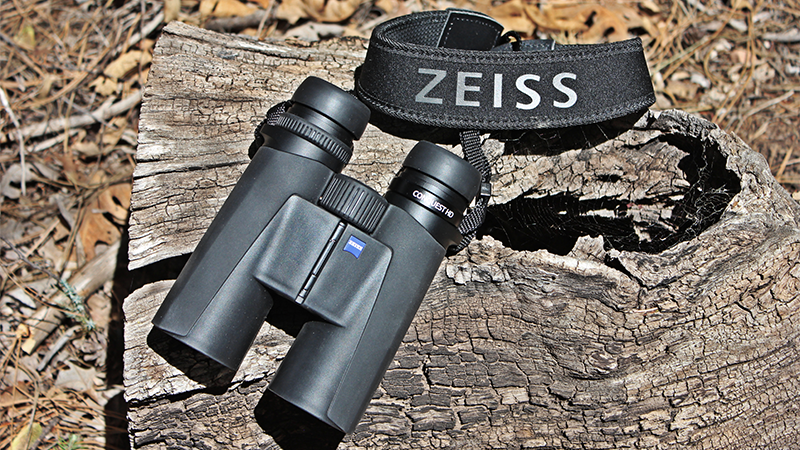
Built on an aluminum chassis that is covered with smooth rubber armoring, the unit is rugged yet beautiful. Zeiss validated toughness of the Conquest HD with an “endurance” (torture) test. The optic was dropped onto a rocky forest floor from 11-1/2 feet up, run-over by two tires on a 5,000-pound vehicle, dragged behind an ATV at up to 35 mph, submerged in ice-cold water for three minutes, and even shot from 27 yards away with lead pellets. I suspect the company would frown on me administering similar punishment to the unit they provided for testing and review, so we’ll have to take their word that Conquest HD came through it all with flying colors – no functional damage and no broken seals. Robust… indeed.
Most users – including hunters, birdwatchers and action sports enthusiasts – would willingly sacrifice a few ounces of additional weight to gain the durability of a binocular built to last a lifetime… but not mountain hunters who try to save every ounce possible. In 30+ years of avid hunting with premium binoculars, I have learned that units over 1-1/2 pounds (24 ounces) require that I use a binocular harness instead of a neck strap for all-day outings. This facilitates comfort by reducing the amount of weight pulling down on the neck. Although the 28-ounce Conquest HD in 10×42 is light for a premium-grade binocular, it’s among the heaviest in its class, and a tad over my self-determined limit. Sure enough, despite a well-designed and comfortable neoprene neck strap provided with the optic, I found that a harness was required during extended use to prevent neck pain.
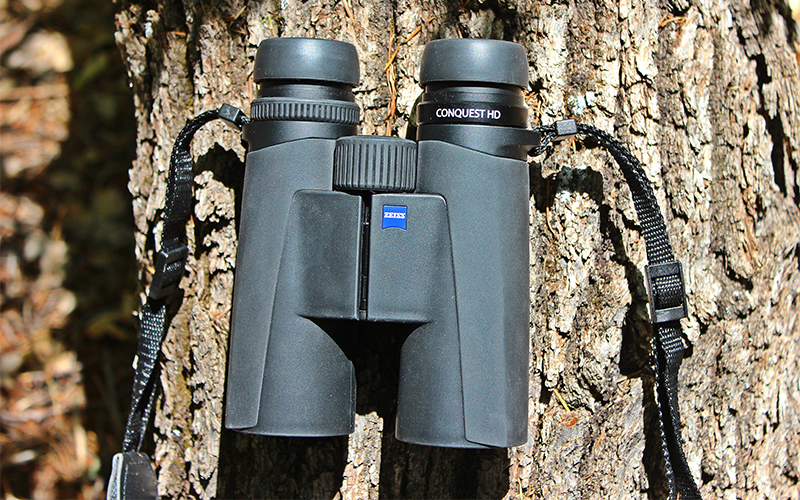
Optical Construction & Performance Highlights
Carl Zeiss the company has built its reputation for superior glass – or more precisely, its glass coatings – almost from the time Carl Zeiss the man opened his precision mechanics and optical workshop in the city of Jena in eastern Germany in 1846. Today, the Zeiss Group develops and distributes semiconductor manufacturing equipment, measuring technology, microscopes, medical technology, eyeglass lenses, movie and camera lenses, and planetarium technology, as well as spotting scopes, riflescopes and binoculars. High-performance sports optics are made from a variety of lenses. Objective lenses for the Conquest HD are Schott Extra-low Dispersion (ED) glass. It’s interesting to note that “HD” in the name Conquest HD stands for “High Definition.” This is simply a surrogate name for the ED glass – also known as a marketing term – to add pizzazz!
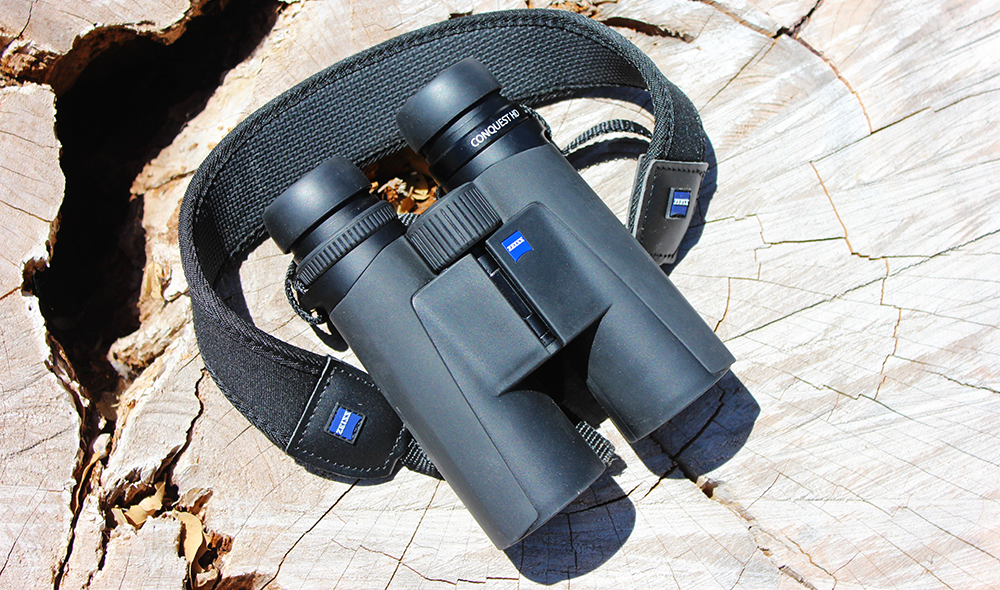
The Schott/Zeiss ED glass provides excellent resolution of details, and facilitates both brightness and color distinction, achieved through hydrophobic multi-coatings. Zeiss invented its anti-reflective T* coating more than 80 years ago, and continual refinement insures that unique Zeiss brightness and high-contrast images. This was evident while scouting for turkeys early one morning. Well before daylight we located a pair of yipping coyotes with the Conquest HD’s that were feeding on a grassy open plain more than 500 yards distant. Images were remarkably crisp and bright, considering there was little ambient light and not much contrast between the brownish-gray animals and the dry grass and brush. Contrast immediately improved however, and varying shades of color became apparent, with the very first rays of natural light. In bright light, I was unable to detect “fringing” from chromatic aberration – which is the inability of a lens to bring all the wavelengths of color together. This is further evidence that the ED glass and its coatings are top-notch.
The Schmidt-Pechan roof prism used in Conquest HD models is a proven design that is used by a number of other companies in the production of lightweight, compact roof prism binoculars. Though popular, roof prisms can create distorted imagery and again, Zeiss coatings come to the rescue. Prisms are treated with proprietary Zeiss dielectric coatings for “phase correction,” and more than 70 layers are applied to prevent light loss in the elaborate prism systems. Why so many layers? This is necessary for sharpness of image detail and insures crisp, clear viewing – even during less than ideal lighting conditions. Sharpness and color differentiation help hunters spot game partially hidden by natural cover, particularly at distance. This is also important to birdwatchers for identifying bird species and sexes that are sometimes differentiated by subtle shades of color.
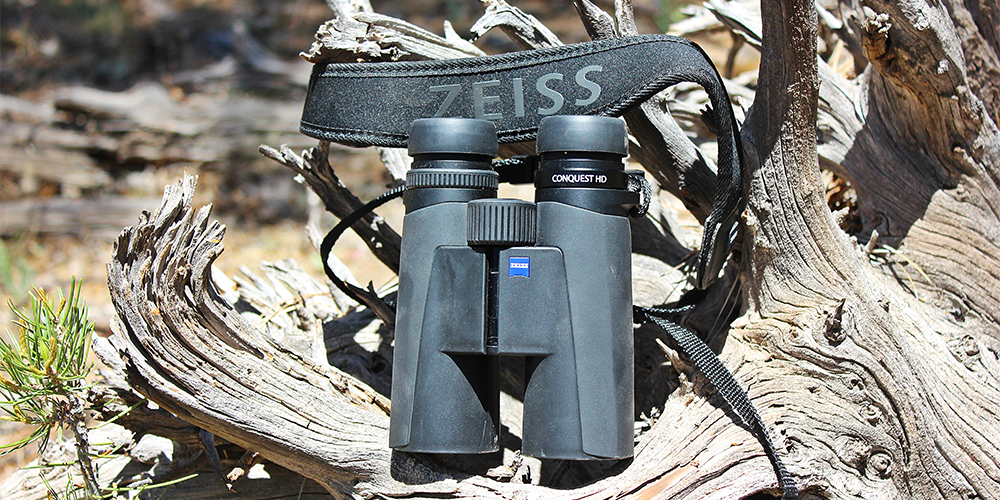
The value of the Zeiss process was vividly demonstrated for me while driving home through the Apache-Sitgreaves National Forest. A small herd of elk crossed the road ahead, just as darkness blanketed the tall timber. I pulled off the roadway and watched as the elk meandered off through the trees. Five minutes later – and well after legal shooting light – the elk were more than 200 yards away and I could see only parts of their bodies between trees. Nevertheless, Conquest HD images were clear enough to identify two spike bulls with the cows. Without the optic, I could not differentiate tree trunks from darkness more than 50 feet into the timber!
A large field-of-view (FOV) ranks high in value for hunters, and birders as well. The larger the viewing area, the easier it is to track subjects without moving the optic. Zeiss literature boasts that the 10x42mm Conquest HD has “the largest field-of-view in its class,” reported to be 345 feet at 1000 yards. This is particularly good news for western big game hunters who spend hours sitting behind tripod-mounted optics. These optical connoisseurs also demand image clarity from edge-to-edge across the entire viewing field, and the Conquest HD gets high marks in this area. There is minimal shadowing and no discernible fuzziness at the periphery. Although I was not able to glass all day during testing, I suspect that eye fatigue would be minimal when doing so with Conquest HD’s.
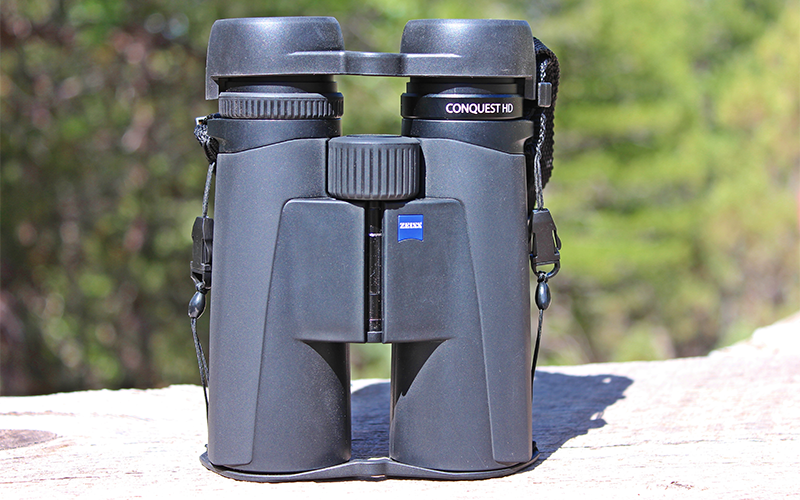
Hunting and other outdoor activities often take place during periods of inclement weather and once again, Zeiss coatings enhance the experience. A special coating called LotuTec is applied to ocular and objective lenses that make water roll off the glass surfaces for clearer viewing. This coating also resists fingerprints and sheds dust and dirt. The smooth rubber armor that coats the Conquest HD aluminum frame is a dust and dirt magnet, however. The soft rubber feels great, and it looks great when clean. But this changes in the field as the sleek, beautiful optic quickly takes on a pig pen-like dirty appearance. Fortunately, the exterior cleans easily with a damp cloth or spray of water, and the interior is waterproofed (good to about 13 feet) and mold-proofed with dry, nitrogen gas.
Additional performance features that warrant mention concern focus of the instrument. Large center-mounted focusing wheels facilitate operation with gloved hands, and the Conquest HD wheel is furthermore positioned precisely under the index finger when the optic is held up for viewing. The wheel is narrow, so contact with more than one finger may be awkward for those with fat fingers. One-finger should be sufficient for most users however, as wheel operation is smooth and offers little resistance. Zeiss includes a diopter adjustment ring on the right eyepiece of the binocular. The ring has no scale or locking mechanism, but moving the ring requires enough force to insure that settings are held.
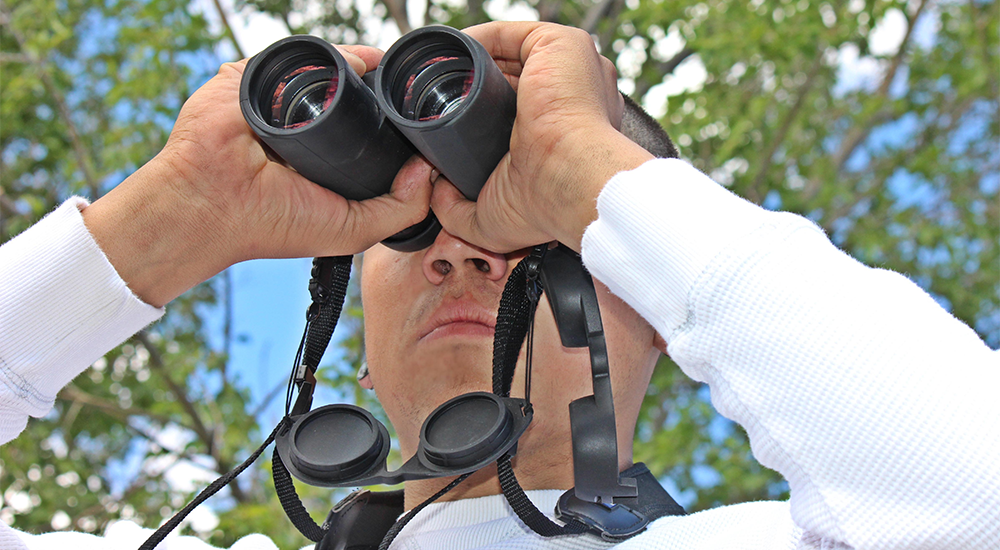
Like other Zeiss binocular offerings, Conquest HD’s have a fast focus feature. The gear ratio requires just one full revolution of the focusing wheel to adjust from close focus (less than 6 feet, measured) to infinity. Those unfamiliar with this feature will find that it takes a little practice to master. Fast focus offers an advantage when viewing moving objects as typically encountered by action sports watchers, bird watchers and hunters. Sharp image focus can be acquired more quickly and with less movement of the focusing wheel than slower focus allows. This feature facilitated observation of the elk herd noted above. As the animals moved away through the trees, continual refocusing was quick and required only slight pressure from my index finger.
Accessories, etc.
Accessory items that accompany the Conquest HD binocular include rubber covers for both ocular and objective lenses, neoprene neck strap, soft Cordura-like nylon carrying case with shoulder strap, micro-fiber lens cleaning cloth and instruction booklet. The functional carrying case is a traditional design, slightly oversized to accommodate the optic with neck strap attached. A zippered mesh compartment is included in the top cover flap, which secures with a quick-connect plastic buckle. The neoprene neck strap is wide (1-3/4 inches) and comfortable, but causes significant sweating within just a few minutes of resting against the bare neck during warm weather use.
The ocular lens cover – often called a “rain guard” – fits so tightly on both eyecups that it is quite difficult to remove, particularly when attached on both sides to the neck strap. Furthermore, sliding the soft rubber cover up and down the neck strap is exceptionally difficult, so practical usage is somewhat defeated by the design. Hunters want to acquire images quickly, and the time required to remove this cover for use is excessive. I found that detaching the cover from the strap on one side lessened this problem while retaining functionality of the cover. A firmer, less tacky rubber compound to facilitate removal, and a larger slot on each side of the 1-piece cover to facilitate sliding up and down the neck strap, would provide a much better solution.
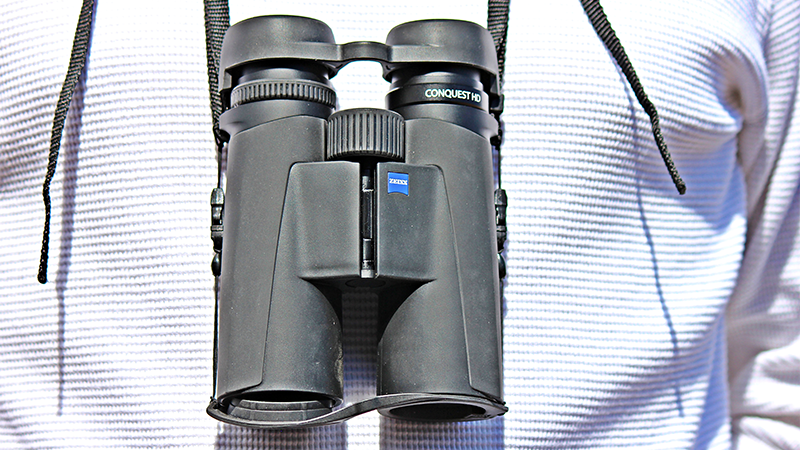
The Conquest HD objective lens cover fits inside the recess in the barrel of each lens. Unfortunately, resistance from rubber armor against rubber cover makes it difficult to fit, and the cover does not remain in place. I found that normal movement while carrying the optic quickly loosened the cover on the right barrel, allowing dust and dirt to enter. Were it not for two short cords that connect the cover to the optic, it would eventually fall off. Similarly constructed covers for the Zeiss TERRA ED binocular fit tight and remain in place. The difference? Tiny rubber bars molded into the portion of the cover that fits into the binocular barrels are responsible for holding the cover in place. These bars are positioned perpendicular to the barrels on the TERRA ED, but in-line with the barrels on the Conquest HD. The latter design facilitates loosening, and contact with clothing from user movement causes the cover to work its way out of the barrels. Some binocular users don’t use ocular lens cover(s) provided with their optic, but I always use the objective lens cover(s) while in the field to protect the glass from impacting potentially damaging items, like belt buckles and rocks. While the Conquest HD objective lens cover does offer this protection, I expect a better fit on a $1000.00 optic.
Best Features
- Bright, clear optical performance on par with top-line premium binoculars.
- Compact and rugged aluminum chassis with sleek rubber armoring.
- Ergonomic and functional design that is easy and comfortable to use and well balanced for solid viewing.
- German engineering and German manufacturing.
- Comparatively wide field-of-view for 10x42mm.
- Excellent fast focus feature with precision focusing achieved through a large diameter wheel that works smoothly with both bare and gloved fingers.
- Practical and functional nylon case.
- Price – though close to 4-figures, this nevertheless represents great value for a premium quality optic.
- Covered by the Zeiss Limited Lifetime Warranty (transferable) as well as a 5-year No-Fault Policy (US and Canada only, not transferable).
Worst Features
- Ocular lens cover fits poorly and quickly works its way loose upon contact with clothing, allowing dust and dirt to enter during field use.
- Soft rubber objective lens fits so tightly that it’s difficult to properly fit and remove quickly for use.
- Weight – though not excessive and less than top-line binoculars – is among heaviest in its class.
- Smooth rubber armor attracts dust & dirt.
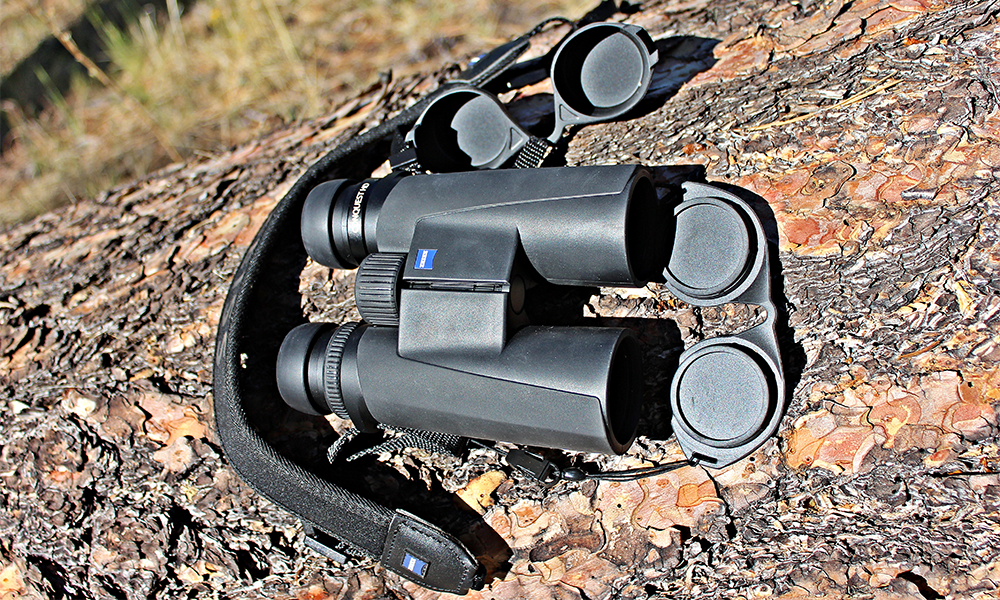
Pricing and Availability
MSRP: $999.99.
Technical Specifications (provided by Carl Zeiss)
|
Magnification |
10-power |
|
Effective Objective Lens Diameter |
42 mm |
|
Exit Pupil Diameter |
4.2 mm |
|
Twilight Factors |
20.5 |
|
Field of View at 1000 yards |
345 feet |
|
Subjective Viewing Angle | 66 ° |
|
Close Focus |
6.6 feet |
|
Diopter Adjustment Range |
+4 / -4 diopters |
|
Inter-Pupillary Distance |
54 – 74 mm |
|
Eye Relief |
18 mm |
|
Objective Lens Type |
HD-type |
|
Prism System |
Schmidt-Pechan |
|
Water Resistance |
400 millibars |
|
LotuTec Coating |
yes |
|
Nitrogen Filling |
yes |
|
Functional Temperature |
–20 / +63 °F |
|
Height |
5.9 inches |
|
Width (at an eye width of 65 mm) |
4.7 inches |
|
Weight in Use |
28.0 ounces |
Conclusion – Zeiss Conquest HD 10×42 Binocular Review
The real value of the Zeiss Conquest HD 10×42 can be found in its optical performance. This is truly a premium binocular for half the price of top-line full-size models, like the Zeiss Victory, Swarovski EL and Leica Geovid HD. Sleek and beautiful yet remarkably tough, with near perfect ergonomics, Zeiss got this one right. And, it was my pleasure to field test this mid-line offering thoroughly, for a full 60 days.
